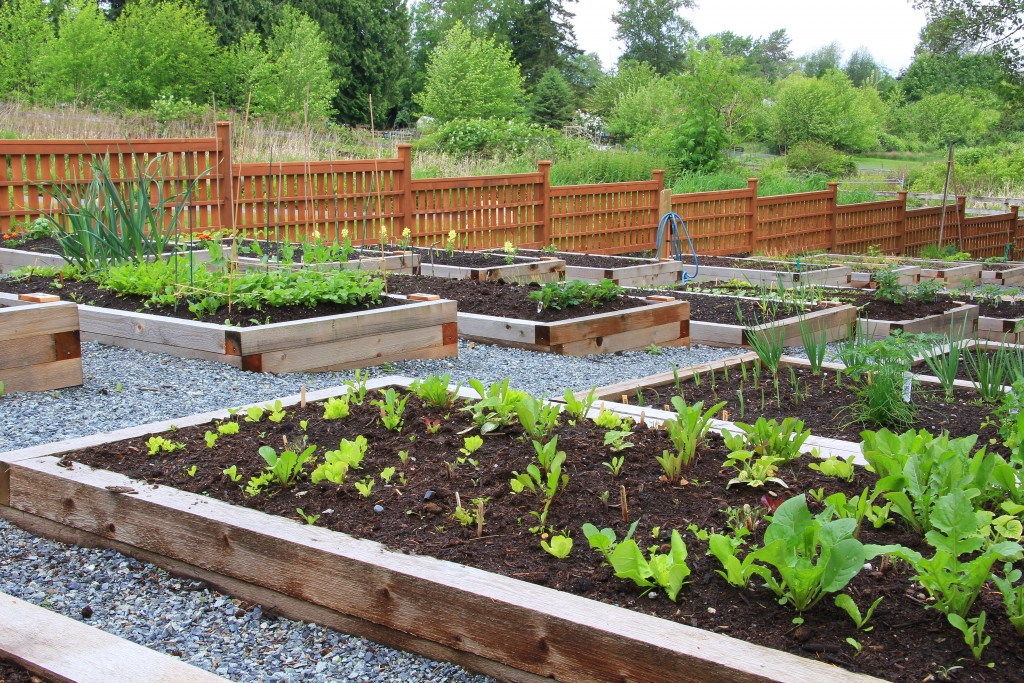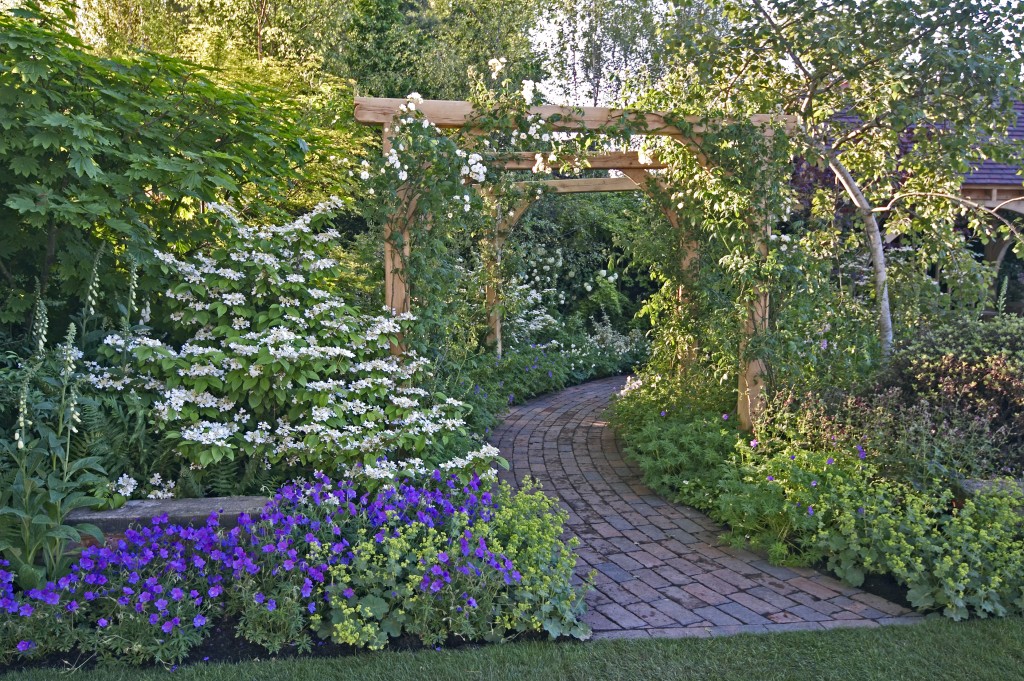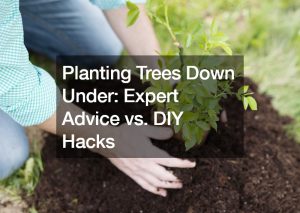If there’s an empty lot in your area, what better way to fill in the gap than building a community garden? Starting a community garden brings your community together while also producing delicious and healthy fruits, herbs, and vegetables. But besides, the benefits of fresh food and building a community garden can be among the most cost-effective projects that your neighbourhood can do.
You can start building your community garden at parks, vacant lots, suburbs, or even existing gardens. All you and your neighbours have to do is get the right equipment, and the good news is that you can rent or lease machines and gardening tools. When you don’t buy agricultural machinery, you also won’t have to think about spare parts and repairs. It allows your community to build your garden without worrying about paying extra for repairs or maintenance.
To help you out, here are the steps to starting a community garden in your neighbourhood.
Form a Committee of Dedicated and Talented Individuals
The first thing you need to do is gather together a group of people in your community who are dedicated, have the same mindset as you, and start an official committee. Welcoming anyone in your neighbourhood who feels passionate about the local project is encouraged. Still, you should also choose those who are dedicated and bring unique talents and resources to the table. Try your best to find individuals with a green thumb and a knack for gardening to get the best results, and who knows? You may have horticulturalists lurking around.
Present the Project to Your Local Government
Most municipalities have policies about community gardening. After forming your committee, ensure you do research first regarding your local governing bodies’ requirements to avoid any complications. If you’re having a hard time acquiring the approval from your local government, there’s likely a horticultural society in your area who will be more than happy to help you out.
Pick an Appropriate Site
After getting the approval from your local government, pick a location for your community garden. You’ll need to choose a site with convenient access to adequate sunlight, water, drainage, pedestrian traffic, automobile, and anything else that can contribute to the success of your community garden. You will need to have permission from the landowners of the site and acquire the necessary lease agreements and insurance policies.
Search for a Sponsor
While members of your committee may provide resources, nothing gives you peace of mind better than securing sponsorships for your project. You can contact local organisations and businesses if they’re willing to offer support to the project, including financial endowments, donations of materials, and seeds.
Prepare the Location

Once all the paperwork is done and the sponsors secured, you can now start preparing the gardening site. Have your committee gather as many volunteers to help out with the project. You can scout for helpers through social media platforms and local communities. Pulling weeds, clearing debris, and turning soil can be dirty work. However, remember that it’s all part of the fun.
Design the Garden Based On the Personality of Your Neighbourhood
Before diving into the growing part, you and your committee will need to finalise your community garden’s design. It’s best to optimise pathways in the garden to provide both plating and strolling enjoyment to the public. You can also add natural activity areas for children. However, the most important design aspect is to tailor it to your area’s unique personality and the region that embraces it.
Building a community garden requires a lot of work and dedication, so get a group together from your area to plan and plant it. Happy planting!





